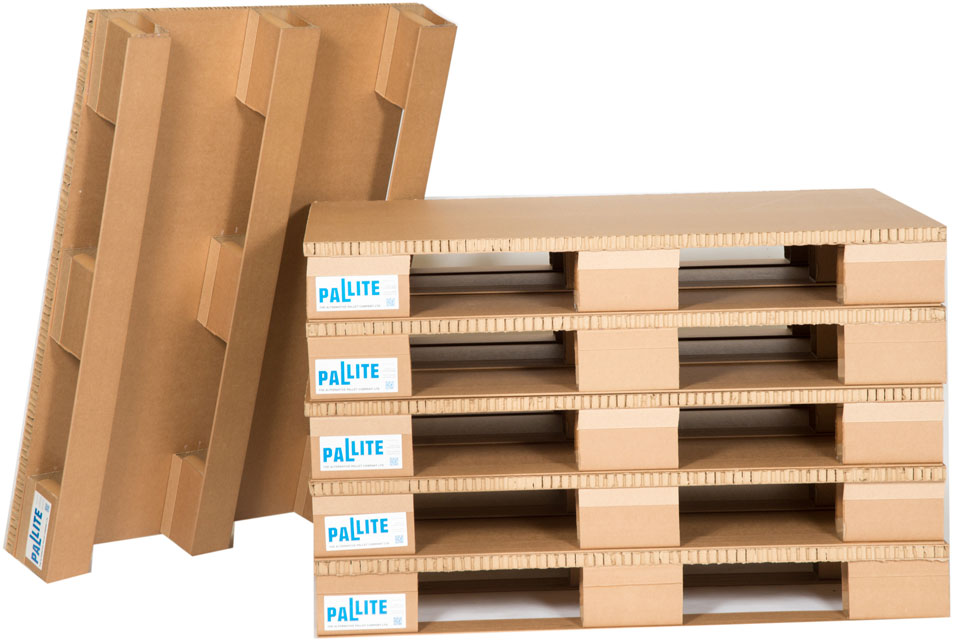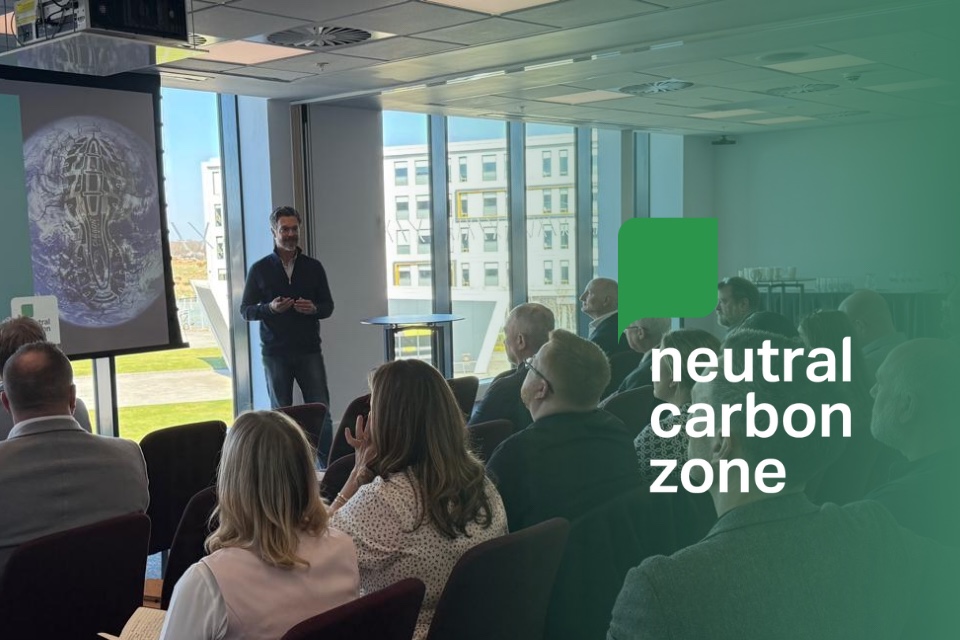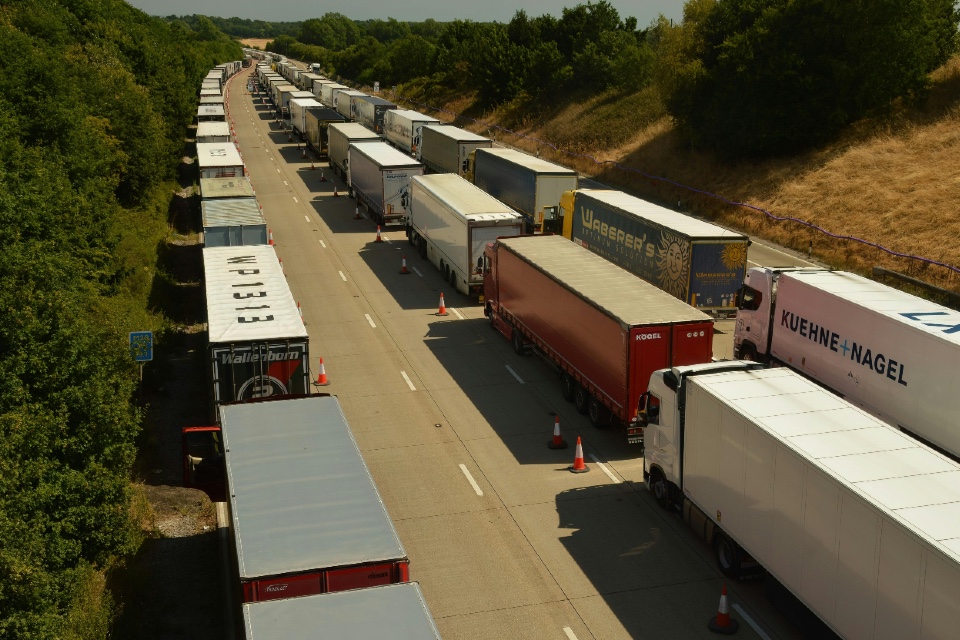PALLITE has received a rubber stamp on its sustainability goals following an evaluation by Giraffe Innovation.
The paper-based transit and storage packaging specialist commissioned Giraffe Innovation to evaluate the environmental impact of its product range to support current and future customers in reaching their sustainability goals.
The report addresses Life Cycle Assessment (LCA) of PALLITE UK and Euro sized pallets and pallet boxes versus wood-based equivalents across their lifecycle. Various scenarios were modelled using indicative transport modes (by road, sea and air) as well as manufacturing.
The report shows that by changing from a wooden pallet to a PALLITE pallet, carbon emissions are reduced, overall freight load weight is reduced, and the general life cycle of a PALLITE pallet has less impact on the environment than a wooden pallet.
Various scenarios were demonstrated in the report, one of which involved flying 10 standard pallets with corrugate boxes, each holding 500kg, from London Heathrow to JFK New York, a total of 5,536km.
This overall distance of 29,608km produces emissions of 36.77tCO2e. By replacing the wooden pallet and corrugate box with a PALLITE standard pallet box, emissions drop to 35.611tCO2e. That’s a total reduction of 1.101tCO2e, 0.148t less weight, saves 397.7 litres of fuel and a cost saving of £119 on fuel alone.
For context, that’s the same CO2 emissions as 1,204 pounds of coal burned, 45 propane cylinders used for home barbeques, or 140,391 smartphones charged. It’s the equivalent greenhouse gas emissions avoided by 48 bin bags of waste being recycled instead of landfilled, or 41.8 incandescent lamps switched to LEDs. And lastly, is the equivalent carbon sequestered by 18.2 tree seedlings grown for 10 years or 1.3 acres of forest in one year.[i]
Matthew Marks, Quality Manager at PALLITE said: “Working with Giraffe has been insightful and by learning about the life cycle analysis of our product range with quantifiable data means we’re much better positioned to help our customers achieve their sustainability goals. It’s reassuring to know that our products are making a positive impact on how value chains and companies approach reducing their CO2 emissions.”
[i] https://www.epa.gov/energy/greenhouse-gas-equivalencies-calculator







